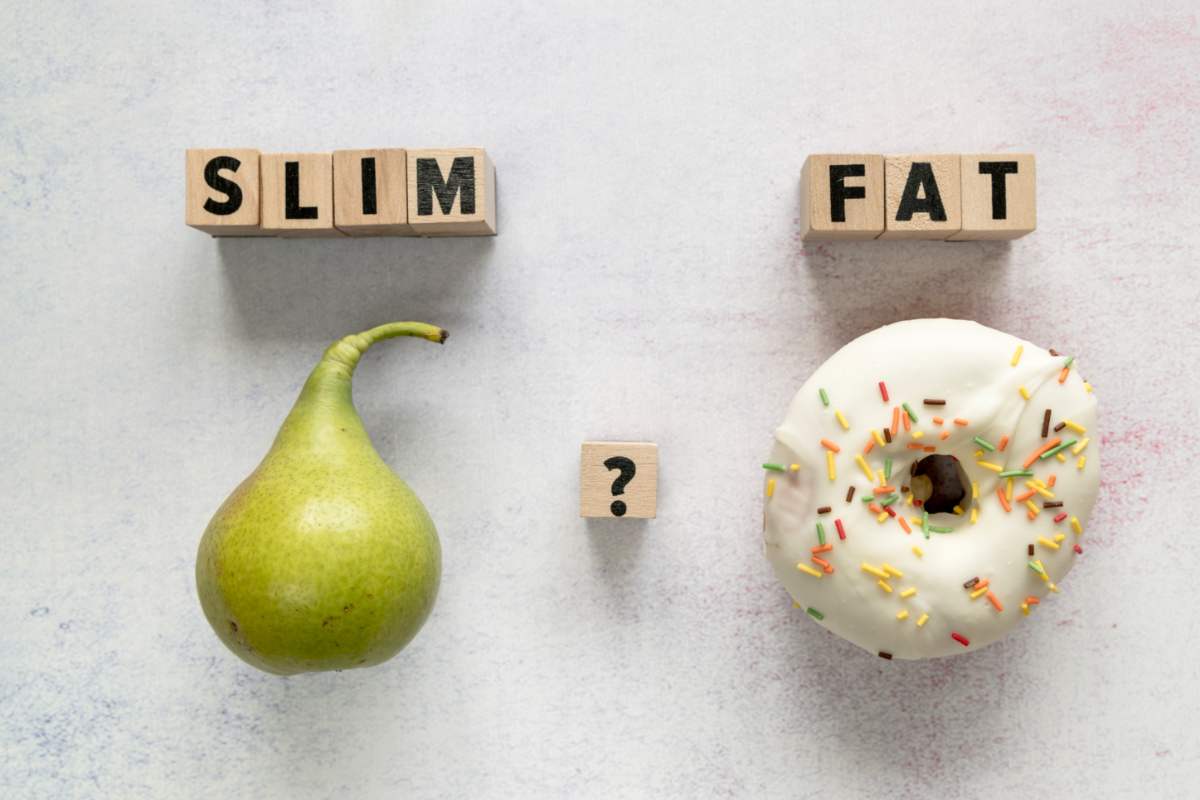Starting a no-sugar diet can be hard at first, but the benefits, more energy, better health, and a lower risk of chronic diseases, are worth it. If you want to lose weight, manage diabetes, or just live a cleaner life, knowing what to eat on a no-sugar diet is very important. We’ll go over the basics of eating sugar-free in this guide, from figuring out where to find hidden sugars to making tasty, healthy meals. Let’s get started!
What Is a No-Sugar Diet?
A no-sugar diet cuts out added sugars and focuses on whole, unprocessed foods. You don’t have to stay away from all sugars; you can still eat the natural sugars that are found in fruits, vegetables, and dairy. The goal is to get rid of added sugars, which can lead to obesity, heart disease, and type 2 diabetes. The American Heart Association says that adult women should eat no more than 25g (6 tsp) of added sugar per day and adult men should eat no more than 36g (9 tsp) of added sugar per day. However, the average American eats more than 77g of added sugar per day!
Foods to Eat on a No Sugar Diet
Here’s your handy list of nutrient-rich, sugar-free essentials:
1. Non-Starchy Vegetables
Stock up on fiber-full vegetables that level out blood sugar:
- Leafy greens (spinach, kale)
- Cruciferous vegetables (broccoli, cauliflower)
- Bell peppers, zucchini, asparagus, and mushrooms.
Tip: Try to make vegetables half your plate at each meal.
2. High-Quality Proteins
Protein is full-sustaining and muscle-supporting:
- Grass-fed meat, poultry, and wild-caught fish.
- Eggs, tofu, tempeh, and legumes (in moderation).
- Unsweetened Greek yogurt or cottage cheese.
3. Healthy Fats
Fats give constant energy and squash sugar cravings:
- Avocados, olives, and olive oil.
- Nuts and seeds (almonds, chia seeds, flaxseeds).
- Fatty fish like salmon (rich in omega-3s).
4. Low-Sugar Fruits
Choose fruits with a low glycemic index:
- Berries (strawberries, blueberries, raspberries).
- Green apples, kiwi, and citrus fruits.
- Skip dried fruits, which are sugar-concentrated.
5. Whole Grains and Alternatives
Pick unprocessed, high-fiber carbs:
- Quinoa, oats, and brown rice.
- Almond flour or coconut flour for baking.
6. Foods to Avoid on a No Sugar Diet
Avoid these hidden sources of sugar:
- Sugary drinks: Sodas, juice, and sweetened teas.
- Processed treats: Cookies, candy, and granola bars.
- Condiments: Ketchup, BBQ sauce, and salad dressings (read the labels!).
- White carbs: White bread, pasta, and pastries.
- Artificial sweeteners: Aspartame and sucralose (they can create cravings).
Did You Know? One tablespoon of ketchup has 4g of sugar!
7. Day No Sugar Diet Meal Plan
Here’s a sample week to get you started:
Day 1
- Breakfast: Omelet with veggies and avocado.
- Lunch: Grilled chicken salad with olive oil dressing.
- Dinner: Roasted salmon with Brussels sprouts.
Day 2
- Breakfast: Berry unsweetened Greek yogurt.
- Lunch: Hummus with turkey lettuce wraps.
- Dinner: Pesto with shrimp and zucchini noodles.
(Repeat through Day 7 with comparable balanced meals.)
How to Beat Sugar Cravings
Cravings are natural! Try these tips:
- Stay hydrated: Sometimes thirst masquerades as hunger.
- Eat protein snacks: Hard-boiled almonds or eggs.
- Choose natural sweetness: Sprinkle oatmeal with cinnamon or puree frozen bananas into “nice cream.”
Hidden Sugars: What to Keep an Eye On
Added sugars hide in seemingly healthy foods:
- “Healthy” foods: Yogurt with fruit, granola, and protein bars.
- Bread: Some bread brands place 2–3g of sugar per piece.
- Canned foods: Even soups and beans contain a little bit of sugar.
Guideline: Anything that contains more than 5g of added sugar per serving, avoid.
FAQs Concerning a No Sugar Diet
Q: Are honey or maple syrup okay?
A: Although natural, they are still sugars. Use sparingly or use monk fruit sweetener.
Q: Will I lose weight on a no-sugar diet?
A: Many do, as cutting sugar reduces calorie consumption and normalizes insulin.
Q: Is fruit bad for you?
A: No! Fresh fruits provide fiber and nutrients, but limit to 1–2 servings per day.
Tips for Being Successful Until It Becomes a Habit
- Read labels faithfully: Watch for sucrose, fructose, and syrup.
- Prep meals ahead: Beat temptation with pre-prepared snacks.
- Celebrate small wins: Progress, not perfection, is key.
Conclusion
Not eating sugar isn’t about going without; it’s about finding whole foods and getting healthy again. You can break free from sugar’s hold by eating more fruits and vegetables, lean proteins, and healthy fats. Are you ready to go? Print this guide, fill your kitchen with food, and cook one meal at a time. Your future self will thank you!

Leave a Reply
You must be logged in to post a comment.